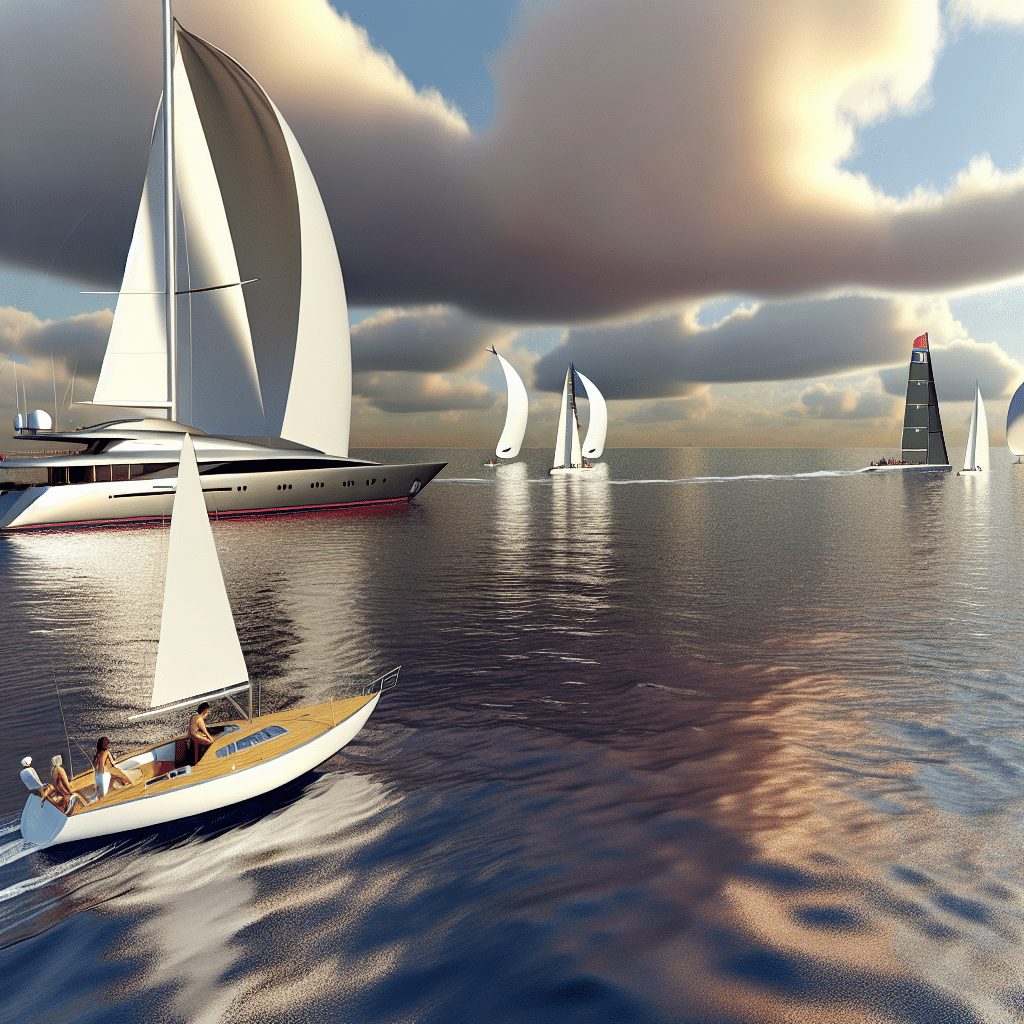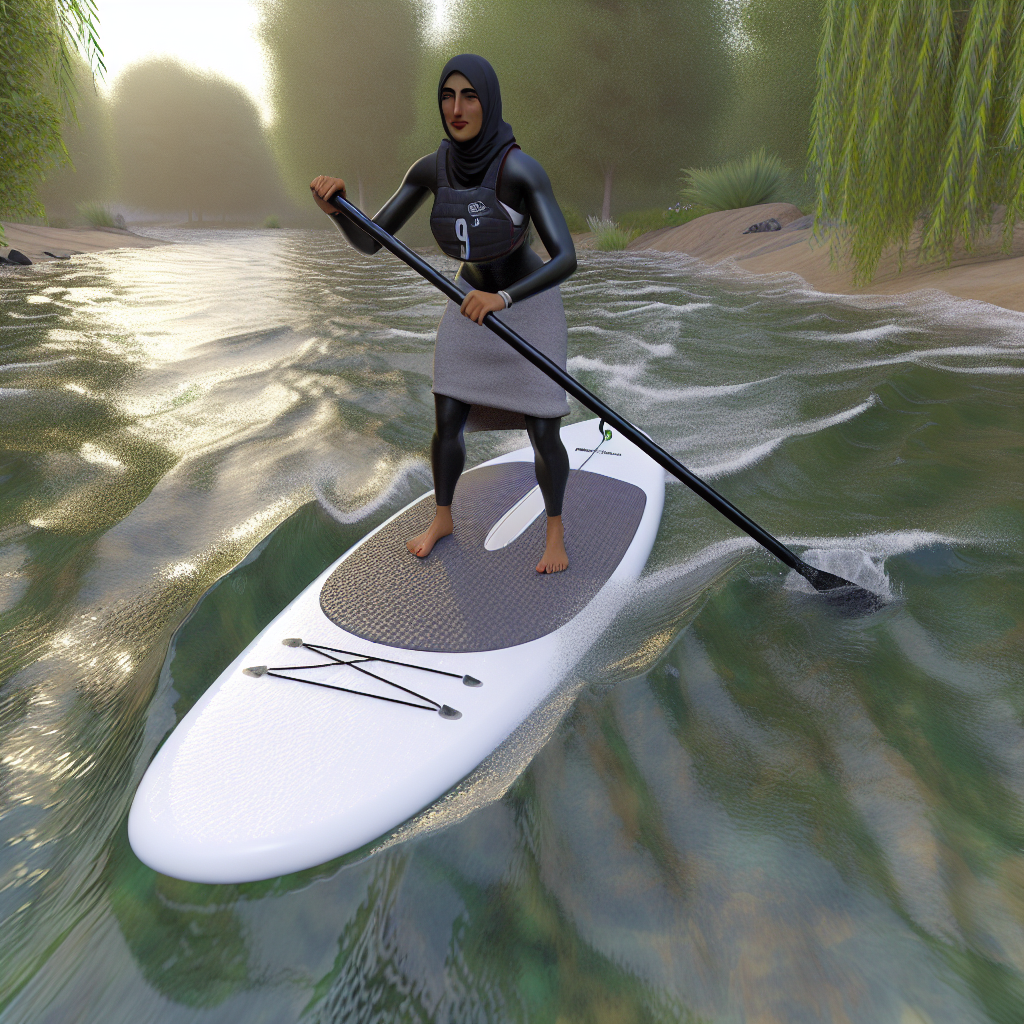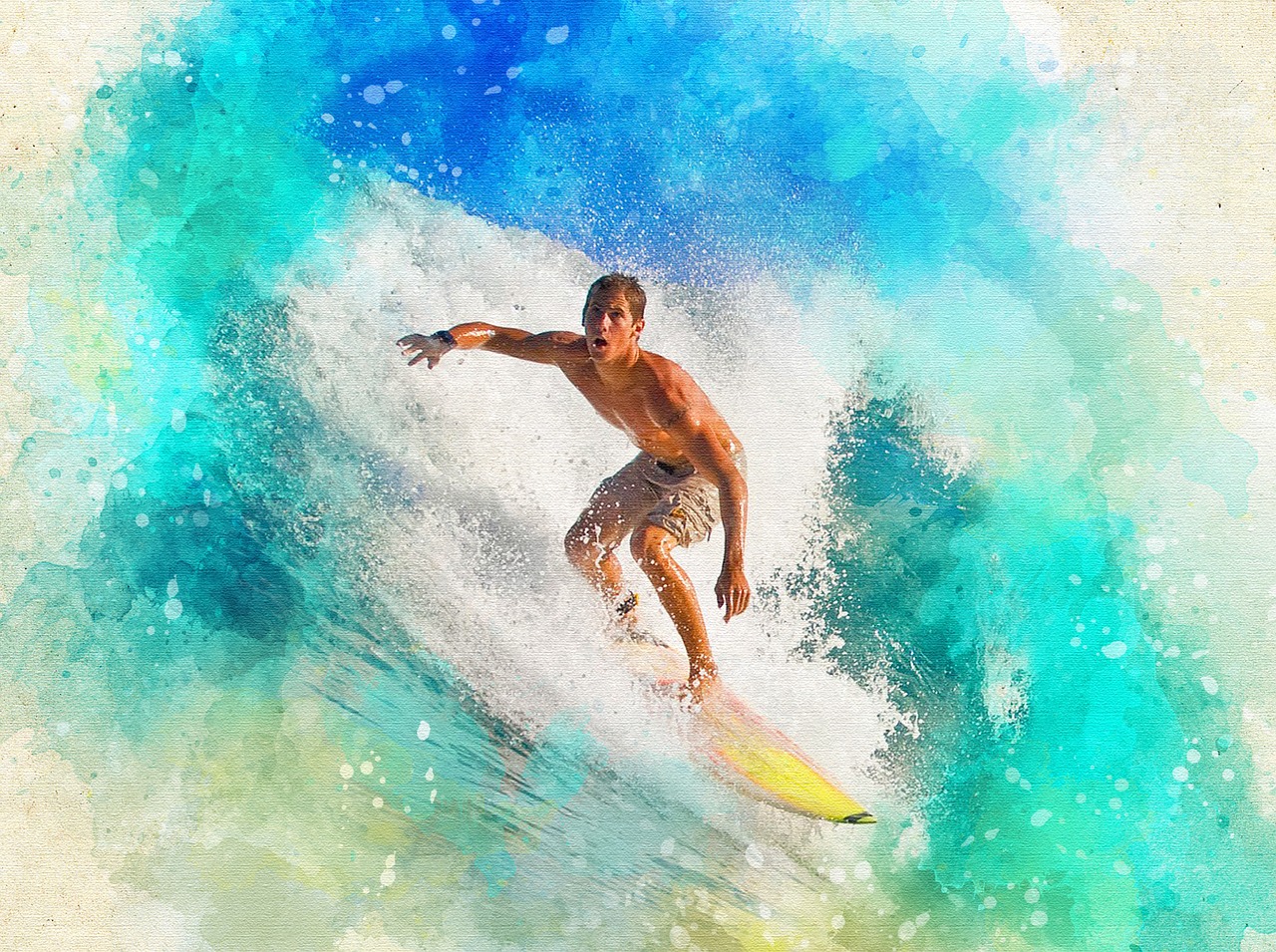Sailing has long captivated the hearts and minds of explorers, adventurers, and recreation enthusiasts alike. The timeless allure of gliding over water powered solely by wind endures, as people from all corners of the world set out to engage in this ancient yet ever-evolving art. But what constitutes the true essence of sailing? This article aims to dive deep into the definition of sailing, exploring its many facets, history, and contemporary practices.
What is Sailing Really About?
At its core, sailing is the art of navigating a vessel through water using only the power of wind captured in sails. While this definition may seem straightforward, sailing encompasses a broad spectrum of activities, from leisurely weekend outings to competitive racing to long-term voyages across oceans. Each mode of sailing brings its own unique challenges and rewards, but they all share a common reliance on wind and water.
The Mechanics of Sailing
To understand the definition of sailing, one must first get acquainted with the mechanics involved. The primary components include:
1. **The Vessel**: This could be anything from a small dinghy to a large yacht.
2. **The Sails**: These are fabric surfaces that catch the wind and provide the force needed to propel the boat.
3. **The Rigging**: This comprises the ropes and cables that manage the sails and keep them in place.
4. **The Hull**: This is the main body of the boat, designed to be buoyant and hydrodynamic.
The interplay between these components allows sailors to harness the wind’s energy, adjust their direction, and maneuver through water efficiently.
Exploring Different Types of Sailing
The definition of sailing can diverge significantly depending on the type of sailing one engages in. Here are some common categories:
Recreational Sailing
For many, sailing is a leisurely activity that provides an escape from the hustle and bustle of daily life. Recreational sailing usually involves shorter trips, often within a few miles of the shore. Popular vessels for this type of sailing include catamarans, sloops, and small sailboats.
Competitive Sailing
Competitive sailing pushes the boundaries of speed and skill. Regattas, or organized sailing races, test the prowess of sailors in various conditions. Competitive sailing demands a deep understanding of wind patterns, currents, and vessel mechanics. Famous competitions like the America’s Cup and the Volvo Ocean Race attract international attention and are a testament to the peak of sailing expertise.
Voyage Sailing
Voyage sailing entails long-distance travel across oceans and seas. This form of sailing is as much about self-discovery and endurance as it is about navigation. Modern voyagers often rely on sophisticated technology for navigation, but the fundamental principles of harnessing the wind remain the same. Some sailors spend months or even years circumnavigating the globe, experiencing a lifestyle that is both challenging and immensely rewarding.
The Historical Significance of Sailing
Understanding the definition of sailing also involves appreciating its rich history. For millennia, sailing has been instrumental in shaping human civilization. Ancient mariners used simple rafts and sails to explore new territories, trade goods, and establish cultural exchanges. The Age of Exploration, marked by figures such as Christopher Columbus and Ferdinand Magellan, showcased the transformative power of sailing in discovering new worlds.
The development of sailing technology, from the ancient Polynesian outriggers to the modern keelboats and high-tech racing yachts, highlights humanity’s unending quest to conquer the seas.
Modern Innovations in Sailing
Today’s sailing world is a blend of tradition and cutting-edge technology. Modern materials such as carbon fiber and Kevlar have revolutionized sail and hull construction, making boats lighter, stronger, and faster. Advanced navigational tools, including GPS, electronic charts, and automated systems, have significantly enhanced safety and efficiency.
Moreover, sustainable practices are becoming increasingly integral to the sailing community. From solar-powered yachts to eco-friendly marina designs, the modern sailor is often as concerned with preserving the marine environment as they are with enjoying it.
Why Do People Love Sailing?
The definition of sailing would be incomplete without delving into the emotional and psychological aspects that draw people to this activity. For many, sailing offers a unique blend of adventure, relaxation, and a deep connection with nature. The feeling of the wind against your face, the sight of an open horizon, and the sound of waves lapping against the hull create an unparalleled sensory experience.
Additionally, sailing fosters a sense of community and camaraderie among sailors. Whether you’re part of a racing team, a sailing club, or simply a group of friends setting out for a weekend voyage, the shared experiences and mutual support create bonds that last a lifetime.
Conclusion: Embracing the Full Definition of Sailing
Sailing is more than just a method of moving a boat from one point to another—it is a multifaceted activity that encompasses elements of adventure, sport, and personal growth. Understanding the definition of sailing involves recognizing its technical aspects, historical significance, and emotional impact. Whether you are an experienced sailor or a curious novice, the world of sailing offers endless possibilities for exploration, learning, and enjoyment.
So, the next time you see a boat gracefully cutting through the water, remember that it represents far more than just a vessel in motion. It is a testament to human ingenuity, a tribute to our adventurous spirit, and a celebration of our enduring bond with the natural world.




